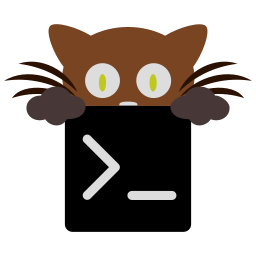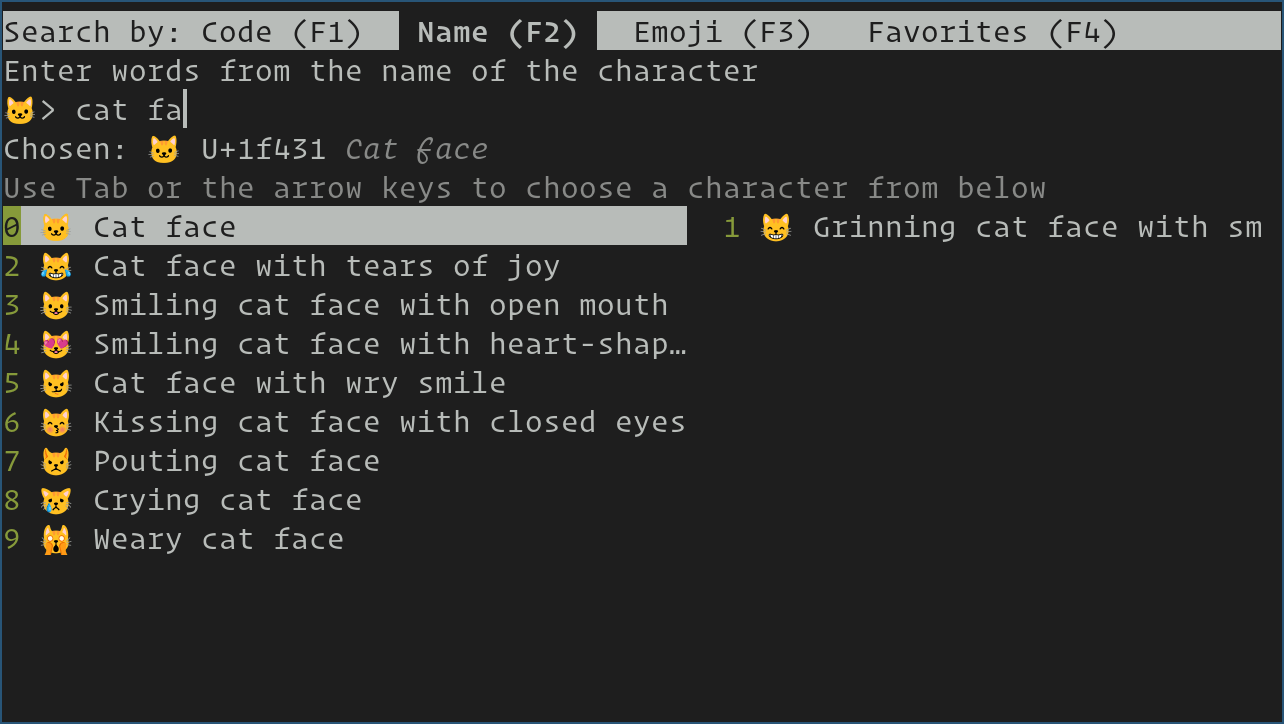How To Install Kitty Terminal on Debian 12

In the world of Linux, terminal emulators play a crucial role in providing users with a command-line interface to interact with their systems. Among the various options available, Kitty Terminal has gained popularity for its impressive performance and feature-rich environment. This article will guide you through the process of installing Kitty Terminal on Debian 12, exploring its benefits and helping you make the most of this powerful tool.
What is Kitty Terminal?
Kitty Terminal is a GPU-accelerated terminal emulator designed for speed and efficiency. It offers a wide range of features that set it apart from traditional terminal emulators:
- GPU-based rendering for smooth scrolling and reduced system load
- Support for ligatures and emoji
- Customizable layouts and window management
- Extensive keyboard shortcuts for improved productivity
- Image and video display capabilities within the terminal
- Unicode support and true color rendering
The advantages of Kitty over other terminal emulators become apparent when working with large amounts of text or running resource-intensive tasks. Its GPU acceleration ensures that even complex operations remain smooth and responsive, making it an excellent choice for developers, system administrators, and power users alike.
Kitty’s performance benefits are particularly noticeable on modern hardware, where it can take full advantage of dedicated graphics processing units. This results in faster rendering, reduced CPU usage, and an overall more fluid terminal experience compared to traditional CPU-bound emulators.
Prerequisites for Installing Kitty on Debian 12
Before proceeding with the installation of Kitty Terminal on Debian 12, ensure that your system meets the following requirements:
- A Debian 12 (Bookworm) installation with up-to-date packages
- Administrative privileges (sudo access) on your system
- A stable internet connection for downloading packages and dependencies
- Sufficient disk space (at least 100MB) for the installation
Additionally, you’ll need to have some basic familiarity with the command line and package management on Debian systems. If you’re new to Linux or Debian, it’s recommended to familiarize yourself with these concepts before proceeding.
Installation Methods
There are three primary methods to install Kitty Terminal on Debian 12: using the package manager (APT), building from source, or using the official Kitty installer script. We’ll explore each of these methods in detail.
A. Using the Debian Package Manager (APT)
The simplest and most straightforward method to install Kitty on Debian 12 is by using the Advanced Package Tool (APT). This method ensures that you get a version of Kitty that’s compatible with your system and can be easily updated through the package manager.
Follow these steps to install Kitty using APT:
- Open a terminal window on your Debian 12 system.
- Update your package lists to ensure you have the latest information:
sudo apt update - Install Kitty by running the following command:
sudo apt install kitty - Wait for the installation to complete. APT will automatically resolve and install any necessary dependencies.
- Verify the installation by checking the Kitty version:
kitty --version
If the installation was successful, you should see the version number of Kitty displayed in the terminal.
B. Building from Source
For users who prefer the latest features or need a specific version of Kitty, building from source is an excellent option. This method allows you to compile Kitty directly on your system, potentially enabling optimizations for your specific hardware.
Follow these steps to build Kitty from source:
- Install the necessary build dependencies:
sudo apt install build-essential cmake pkg-config python3-dev libdbus-1-dev libxcursor-dev libxrandr-dev libxi-dev libxinerama-dev libgl1-mesa-dev libxkbcommon-x11-dev libfontconfig-dev libx11-xcb-dev liblcms2-dev libpython3-dev librsync-dev - Clone the Kitty repository:
git clone https://github.com/kovidgoyal/kitty.git - Change to the Kitty directory:
cd kitty - Build Kitty:
make - Install Kitty system-wide:
sudo make install
After the installation is complete, you can launch Kitty by typing kitty in the terminal. Building from source allows you to stay up-to-date with the latest developments and potentially benefit from performance improvements tailored to your system.

C. Using the Official Kitty Installer Script
Kitty provides an official installer script that simplifies the installation process and ensures you get the latest stable version. This method is particularly useful if you want a quick and easy installation without dealing with package managers or compilation.
To install Kitty using the official installer script:
- Open a terminal window.
- Download and run the installer script with the following command:
curl -L https://sw.kovidgoyal.net/kitty/installer.sh | sh /dev/stdin - The script will download and install Kitty in your home directory under
~/.local/kitty.app. - Create a symbolic link to make Kitty accessible from anywhere:
ln -s ~/.local/kitty.app/bin/kitty ~/.local/bin/Ensure that
~/.local/binis in your PATH.
This method provides a balance between ease of installation and access to the latest features. It’s particularly useful for users who want to keep Kitty updated independently of their system’s package manager.
Configuring Kitty Terminal
After installing Kitty, you’ll want to configure it to suit your preferences. Kitty uses a configuration file located at ~/.config/kitty/kitty.conf. If this file doesn’t exist, you can create it:
mkdir -p ~/.config/kitty
touch ~/.config/kitty/kitty.confHere are some basic configuration options you can add to your kitty.conf file:
# Font configuration
font_family Fira Code
font_size 12.0
# Color scheme
background #1E1E1E
foreground #D4D4D4
# Window layout
remember_window_size yes
initial_window_width 640
initial_window_height 400
# Tab bar style
tab_bar_style fade
tab_fade 1These are just a few examples of the many customization options available in Kitty. You can adjust colors, key mappings, cursor styles, and much more. Refer to the official Kitty documentation for a comprehensive list of configuration options.
Using Kitty Terminal
Once installed and configured, you can start using Kitty Terminal. Here are some basic usage tips and keyboard shortcuts to get you started:
- Launch Kitty by typing
kittyin your existing terminal or by clicking its icon in your application menu. - Create a new tab:
Ctrl+Shift+T - Close the current tab:
Ctrl+Shift+Q - Switch between tabs:
Ctrl+Shift+RightorCtrl+Shift+Left - Increase font size:
Ctrl+Shift+Plus - Decrease font size:
Ctrl+Shift+Minus - Copy text: Select with the mouse, then
Ctrl+Shift+C - Paste text:
Ctrl+Shift+V
Kitty also supports advanced features like displaying images and rendering HTML directly in the terminal. To display an image, use the following command:
kitty +kitten icat image.jpgExplore the Kitty kittens for additional functionality and tools that extend Kitty’s capabilities.
Troubleshooting Common Issues
While installing and using Kitty Terminal, you might encounter some issues. Here are solutions to common problems:
Installation Errors
If you encounter “package not found” errors when using APT, ensure your package lists are up to date:
sudo apt updateFor compilation errors when building from source, make sure you have all the required dependencies installed.
Configuration Problems
If your configuration changes don’t take effect, try reloading Kitty with Ctrl+Shift+F5 or restart the application. Ensure your kitty.conf file is correctly formatted and located in the right directory.
Performance Issues
If you experience lag or slow rendering, check if GPU acceleration is enabled:
kitty +kitten query_graphicsIf it’s not enabled, you may need to update your graphics drivers or configure Kitty to use a different graphics backend.
Updating and Maintaining Kitty
To keep Kitty up-to-date and functioning optimally:
- If installed via APT, update Kitty along with your system:
sudo apt update && sudo apt upgrade - For source installations, pull the latest changes and rebuild:
cd ~/kitty git pull make sudo make install - If you used the installer script, run it again to update Kitty.
To remove Kitty if needed:
sudo apt remove kitty # If installed via APT
sudo make uninstall # If installed from sourceCongratulations! You have successfully installed Kitty Terminal. Thanks for using this tutorial for installing the Kitty Terminal on your Debian 12 system. For additional help or useful information, we recommend you check the official Kitty Terminal website.